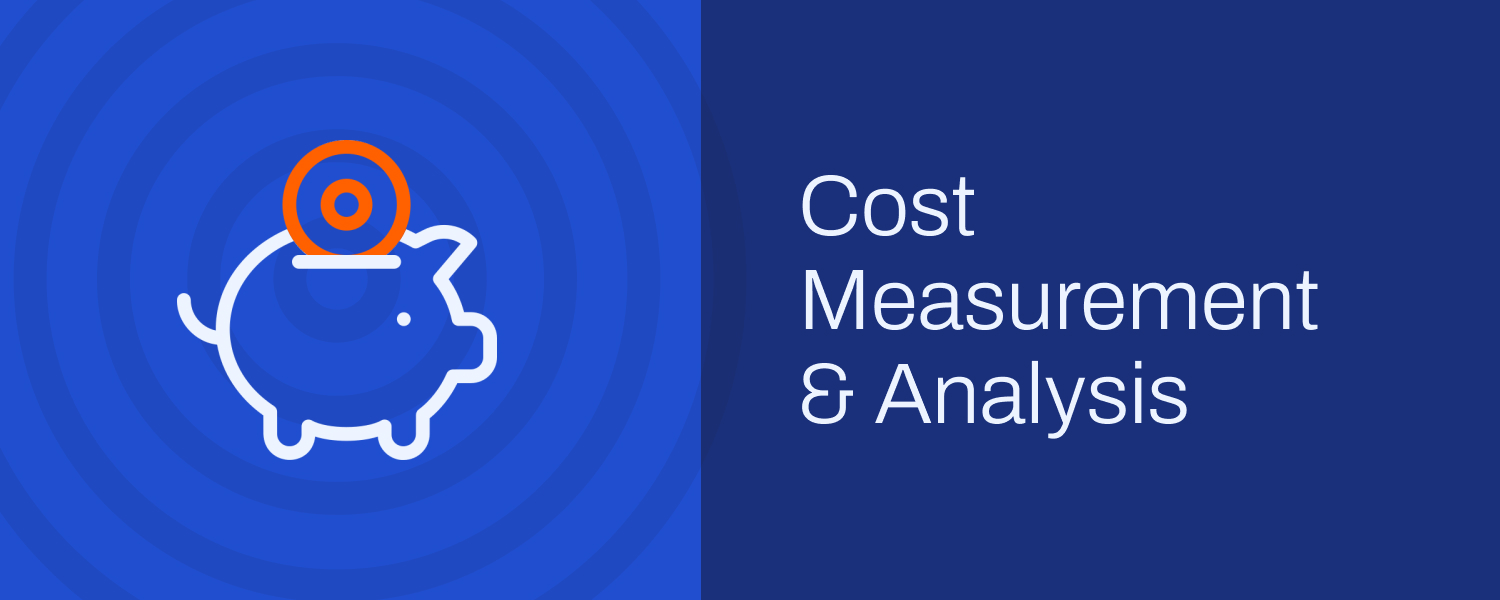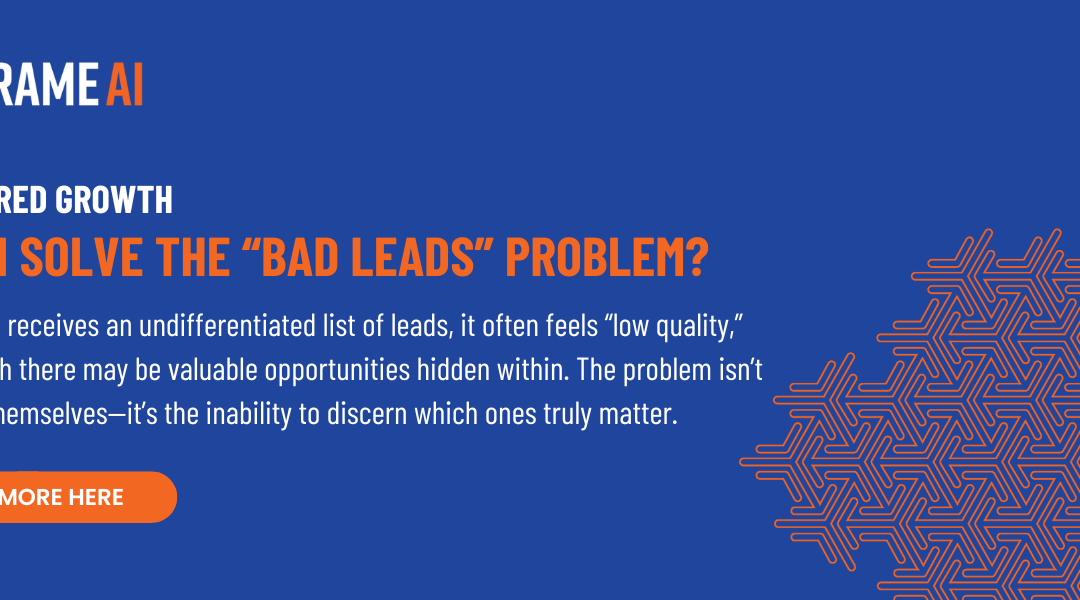Support is the most complicated customer-facing arm of any organization simply due to the volume of interaction and range of its implications. First-party feedback is so rare; the intimacy of the Support team’s knowledge is unparalleled. Most of the strongest relationships a partner has is with the Support team.
And yet! Somehow perennially under acknowledged, under—empowered in organizational politics. Why? Because most organizations see Support as an operational cost of doing business, rather than as an extension of Product. Such is the tragedy of Support.
Soon, the intelligence generated by those interactions will be required by every business team. Reporting structures will change; decisions will be accounted for on the basis of this intelligence.
Until then, Support is a laboratory, or an early proof point, of what intelligence-driven operations looks like. The primary difference is the greater quantifiability of workflows. Conversations around AI often center the possibility of proactivity. It makes sense; it’s hopeful, and fun to imagine a workday characterized by positive outreach rather than negative feedback.
Less exciting for employees but perhaps not for leadership is the ability to break down behaviors and activities into dollar costs. The machinizing of the workday is daunting. Key to successful implementation is demonstrating how agents can use these calculations to improve their performance rather than seeing it as a management surveillance tool.
As Patrick Martin of Coveo told Frame.FM in a recent interview, it’s more effective to measure the collective performance of the team over the individual metrics for each agent. It promotes a collaborative problem-solving culture that improves productivity.
Why Measuring Team Effort is Good for Support Operations
The goal of measuring team effort is to understand what’s hard for your team, and thus, identify the most expensive parts of your customer experience. To do this, you need to monitor team effort in the channels where it unfolds across everyday organic customer interactions.
Many variables drive team effort, such as individual customers or customer segments that may consume more than their share of team time, themes, from product bugs to customer expectations, product groups, support tiers, and so on. As such, you need to measure team effort according to the variables that drive it and assign service cost to all relevant variables. Otherwise, what you need to address will be unclear.
Directly measuring organic customer feedback in channels like your helpdesk, call center, and chat is the most reliable way to get a holistic, deep understanding of how your team allocates time and why. Using AI, specifically Natural Language Understanding, “NLU,” can help identify the underlying themes causing team effort at scale. Understanding what teams find difficult and why enables you to make sense of and improve the process metrics.
Suppose you know why a set of longer-running cases required more effort. In that case, you can focus on addressing the root cause and making that specific problem easier to solve in the future, which will improve metrics like AHT and your escalation rate. When you see your team playing a never-ending game of whack-a-mole against a recurring problem, you can quickly advocate for a resolution, which will also reduce customer effort. When your customer-facing teams have fewer effort-causing variables outside their control and are better empowered to help customers, your QA and satisfaction scores will reflect the positive change.
When measured effectively using AI, team effort unlocks several positive outcomes that help improve employee experience, customer experience and reduce your cost of service.
Tactically, measuring team effort should help you identify opportunities for self-service and deflection and understand where better documentation could help customers solve problems quickly without draining your team’s time. Most importantly, measuring team effort can provide early warnings about specific issues draining team resources so that you can take appropriate action or line up additional support. Suppose you don’t measure team effort and the underlying themes. In that case, you could have several agents working to resolve different cases about the same issue long before you realize that the issue has morphed into a costly problem.
Strategically, measuring team effort will result in more engaged, happier employees that are less likely to turnover. And when you can ensure that team effort is well spent, you can reduce your cost of service across the board.




